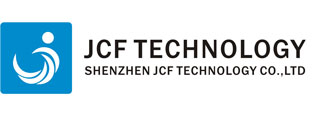
 Tel: +86755-27523807 +8613715205860(wechat/whatsapp)
Tel: +86755-27523807 +8613715205860(wechat/whatsapp) Email: jcf@jcftechnology.com
Email: jcf@jcftechnology.com

 Tel: +86755-27523807 +8613715205860(wechat/whatsapp)
Tel: +86755-27523807 +8613715205860(wechat/whatsapp) Email: jcf@jcftechnology.com
Email: jcf@jcftechnology.com
Membrane switches are a type of switch commonly used in electronic equipment and control panels.
They consist of flexible film layers with printed circuits. we will explore the tactile properties of membrane switches, their applications, and the factors that determine their tactile feel. Tactile sensation in a switch refers to the feedback or physical sensation experienced when a key or button is pressed.
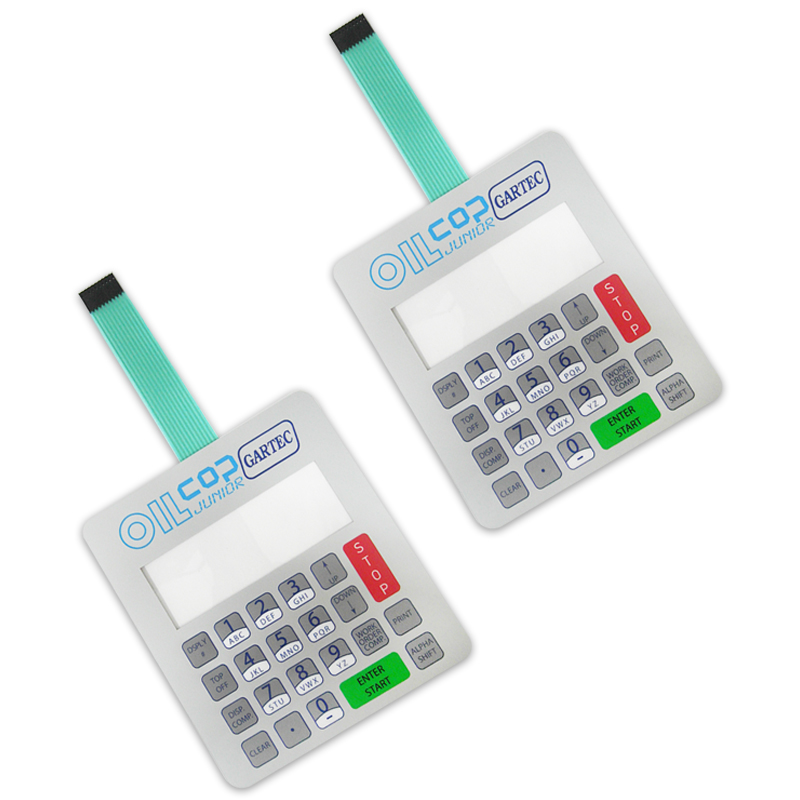
Tactile switches provide a noticeable physical response, such as a click or bump, to confirm that the input has been registered. This feedback is important to users because it provides a sense of assurance and helps prevent accidental presses.
Membrane switches have a less pronounced tactile experience than mechanical switches. This is because membrane keypad switches often rely on different actuation mechanisms. Rather than being brought together by physical contact to register keystrokes, membrane switches utilize a pressure-sensitive conductive layer to complete the circuit. This design generally allows for quieter, smoother keystrokes, but may lack the unique tactile feedback associated with mechanical switches. Despite the inherent differences, some membrane switches are designed to be tactile switches. Manufacturers develop specialized membrane switch designs that incorporate tactile domes or other features to enhance the feedback of the user experience. These tactile membrane switches are designed to provide a more satisfying and responsive user interface, especially in applications requiring a unique tactile feel.
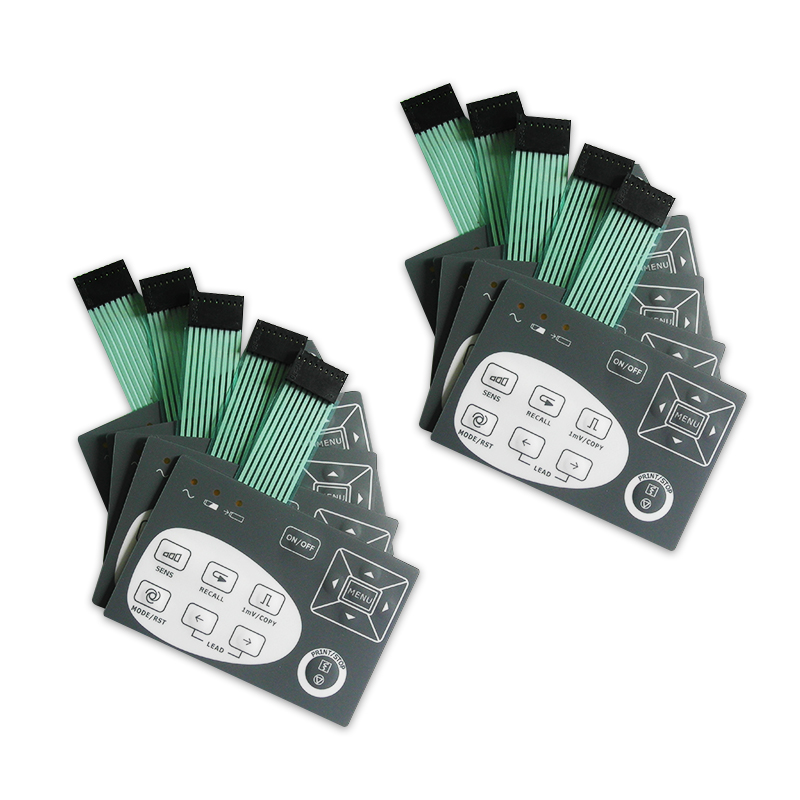
For example, in industrial control panels or medical equipment, tactile membrane switches can provide operators with the peace of mind of input confirmation. The tactile feel of a membrane switch is also affected by the materials used in its construction. The type and thickness of the film, the characteristics of the conductive layer, and the haptic dome or feedback mechanism all play a role in determining the tactile experience.
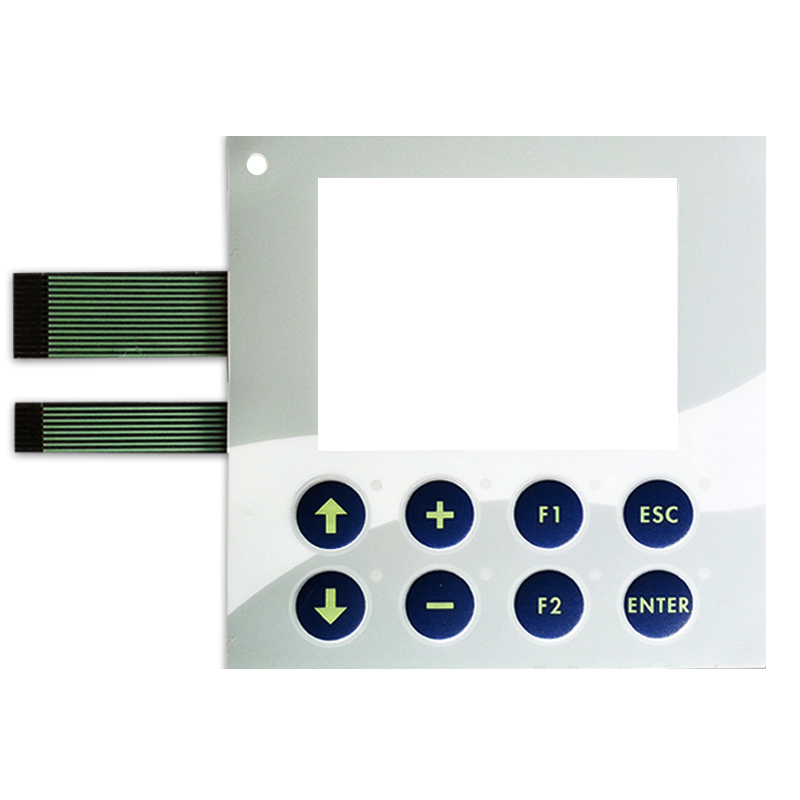
In recent years, advances in engineering and materials science have led to the development of more sophisticated membrane switch technologies. Some modern membrane switches panel employ tactile feedback mechanisms that use vibrations or other physical cues to simulate the feeling of pressing a traditional button. These tactile membrane switches are designed to bridge the gap between the smooth, low-profile characteristics of membrane switches and the tactile feedback users expect. In addition to tactile issues, membrane switches offer several advantages that make them attractive for a variety of applications. Their low-profile design and inherent resistance to moisture and dirt make them ideal for use in environments where traditional mechanical switches may be impractical.
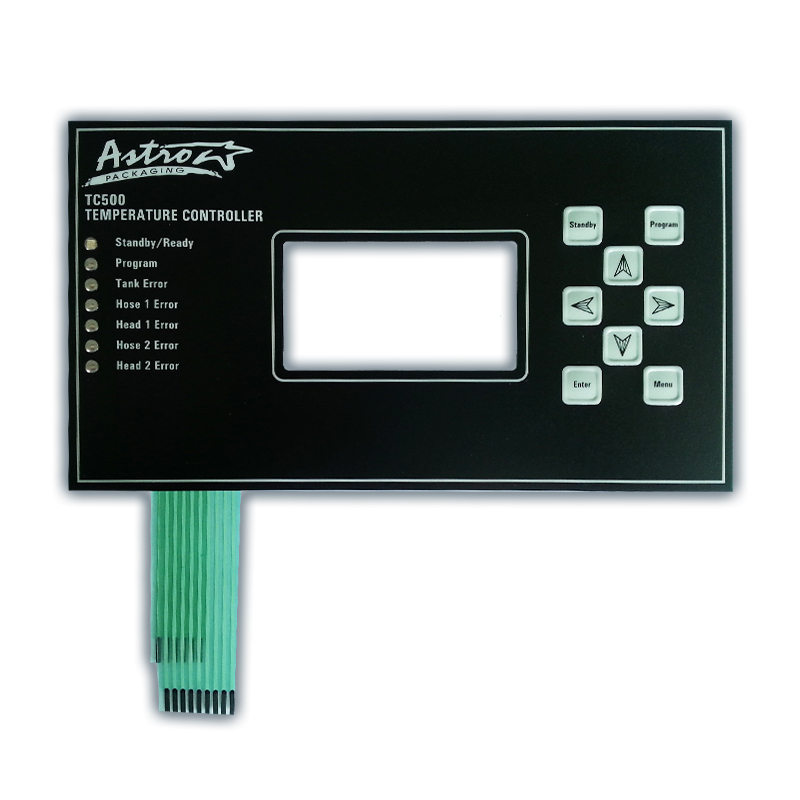
If you need further information or any other assistance, please contact us,more information visit:www.jcftechnology.com